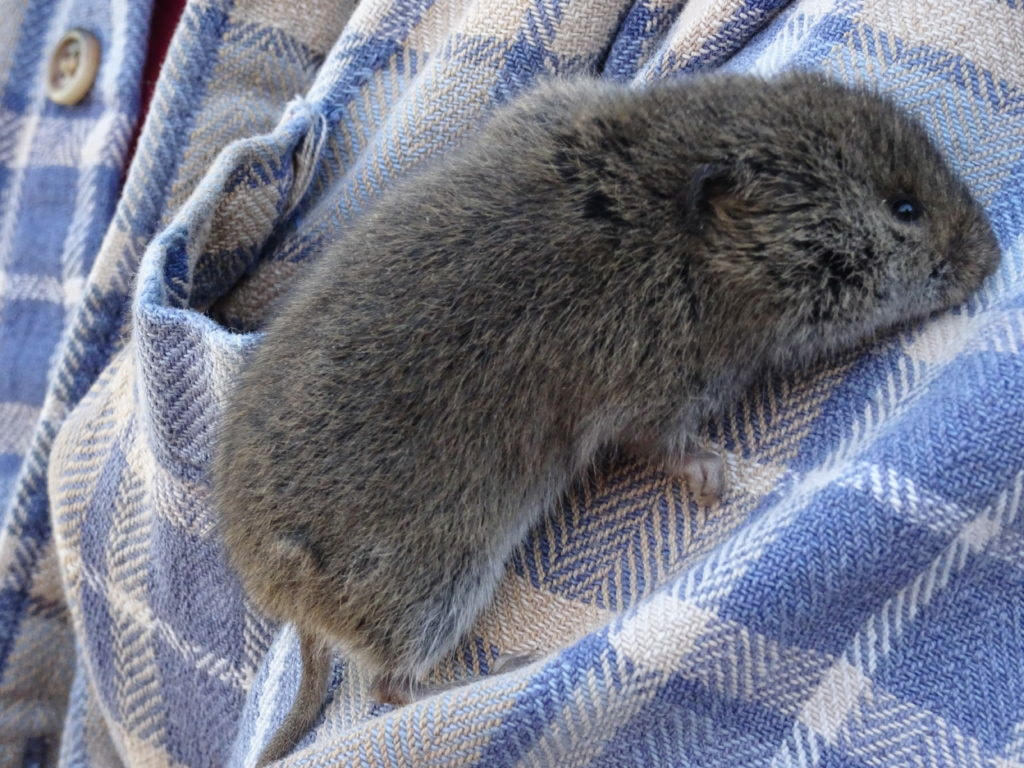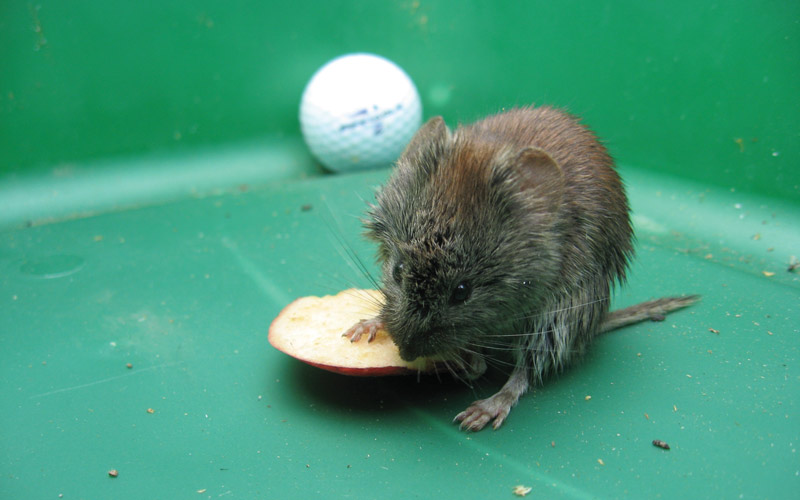Unleashing the Power of Vole Insect Control: Advanced Techniques for Infestation Eradication and Therapy
As the perseverance of vole problems proceeds to test homeowner and agricultural specialists alike, the pursuit for more effective and efficient insect control techniques magnifies. In the realm of vole monitoring, standard techniques frequently fall brief in achieving long-term services. Nonetheless, recent advancements in bug control technology and approaches have opened up new methods for combating these elusive rats. By exploring sophisticated trapping strategies, tactical exemption methods, eco-friendly repellents, and incorporated parasite administration solutions, an appealing perspective emerges in the fight versus vole infestations.
Vole Insect Recognition and Analysis
Voles, tiny rats that resemble computer mice but have shorter tails, are commonly identified insects in gardens and lawns, calling for comprehensive evaluation to figure out the degree of their problem. Recognizing voles entails identifying their distinctive attributes, such as their stocky bodies, brief legs, and tiny eyes. They are typically around 3 to 9 inches long and can vary in color from grey to brown.
Evaluating vole infestations is essential for implementing effective pest control techniques. Signs of vole presence consist of paths in verdant areas, damaged vegetation, and small burrow openings near the surface area. By evaluating these signs, homeowner can determine the intensity of the invasion and devise appropriate elimination techniques.

Cutting-Edge Trapping Methods
Reliable vole pest control requires remaining abreast of the newest innovations in trapping methods to successfully manage invasions in yards and yards. Typical methods like snap catches and adhesive boards have their limitations, leading researchers and bug control specialists to develop more humane and efficient capturing strategies. One cutting-edge method is making use of real-time catches that capture voles without causing damage, permitting their secure elimination and launch in a suitable habitat away from property locations. These catches are designed to minimize tension on the recorded voles and are reusable, making them ecologically friendly and economical in the future.
One more innovative trapping technique entails using digital catches that deliver a humane and quick electrical shock to get rid of voles instantly. These catches are created to be risk-free for use around pet dogs and youngsters while supplying a highly reliable technique of vole control. Additionally, some digital catches are furnished with sensors and remote surveillance abilities, enabling homeowners to track vole task and trap standing from a distance, boosting the general effectiveness of vole parasite control efforts. By integrating these cutting-edge capturing techniques right into pest monitoring techniques, home owners can deal with vole infestations with precision and compassion.

Strategic Exemption Methods
Executing calculated exemption approaches is essential in avoiding vole invasions and shielding yards and backyards from damage caused by these insects. These barriers must be buried at least 12 inches deep and surge 6 inches over the ground to avoid voles from burrowing underneath or climbing up over them.
An additional crucial exclusion technique is the use of crushed rock or rock compost rather of organic compost. These access points need to be secured with products like concrete or steel blinking to protect against vole accessibility.
Eco-Friendly Repellents and Deterrents
Making use of eco pleasant repellents and deterrents is a lasting strategy to handling vole populations and reducing damage to yards and lawns. Eco-friendly alternatives are obtaining appeal due to their performance in fending off voles without creating damage to the environment, pet dogs, click here for more info or helpful wildlife. One usual environment-friendly technique is using all-natural vole repellents such as castor predator, garlic, or oil urine, which create undesirable aromas for voles, driving them far from treated locations.
Another green deterrent is making use of physical barriers like cord mesh or hardware fabric to protect prone plants and bulbs from vole damages. These review barriers serve as a safety net versus vole intrusion while enabling correct oygenation and drain in the dirt.
Furthermore, introducing vole predators like owls or setting up nest boxes can aid naturally control vole populations in a yard or lawn. By motivating all-natural killers, a balanced environment can be kept without the demand for hazardous chemicals or catches. Overall, integrating green repellents and deterrents in vole bug control approaches advertises sustainable and eco conscious techniques.
Integrated Pest Management Solutions
An alternative method to handling vole populaces and mitigating damages in gardens and lawns entails the detailed method of Integrated Insect Management Solutions. Integrated Pest Monitoring (IPM) incorporates different techniques to address vole problems properly while lessening environmental impact. This strategy incorporates biological, social, physical, and chemical control techniques to accomplish long-term parasite control.
One key element of IPM is the emphasis on avoidance. By carrying out steps such as environment adjustment, exclusion strategies, and maintaining correct garden health, house owners can create settings less for vole habitation. Furthermore, organic controls, such as a knockout post introducing all-natural predators or making use of vole-resistant plant ranges, can aid handle vole populaces without turning to chemical treatments.
When chemical control ends up being necessary, IPM concentrates on making use of targeted and eco friendly pesticides in a specific way. This lowers the overall chemical load on the environment while effectively handling vole populaces. Regular tracking and assessment are likewise crucial elements of IPM, permitting for adjustments to techniques based upon pest populace dynamics and effectiveness of control actions. By adopting Integrated Insect Monitoring Solutions, homeowners can accomplish lasting vole parasite control while promoting community health and wellness in their lawns and yards.
Final Thought
In conclusion, the innovative methods for vole pest control reviewed in this short article offer reliable options for infestation obliteration and treatment. These approaches use an extensive strategy to vole bug control for long-term success.
As the determination of vole infestations proceeds to challenge building owners and agricultural professionals alike, the mission for more effective and reliable insect control approaches heightens. Additionally, some digital catches are geared up with sensing units and remote monitoring abilities, making it possible for property owners to track vole task and catch status from a range, boosting the overall efficiency of vole parasite control efforts. One typical green method is utilizing all-natural vole repellents such as castor predator, garlic, or oil urine, which produce undesirable aromas for voles, driving them away from dealt with areas.
Additionally, presenting vole killers like owls or installing nest boxes can assist normally control vole populaces in a yard or yard. By embracing Integrated Parasite Monitoring Solutions, homeowners can achieve sustainable vole bug control while advertising ecological community wellness in their gardens and yards.